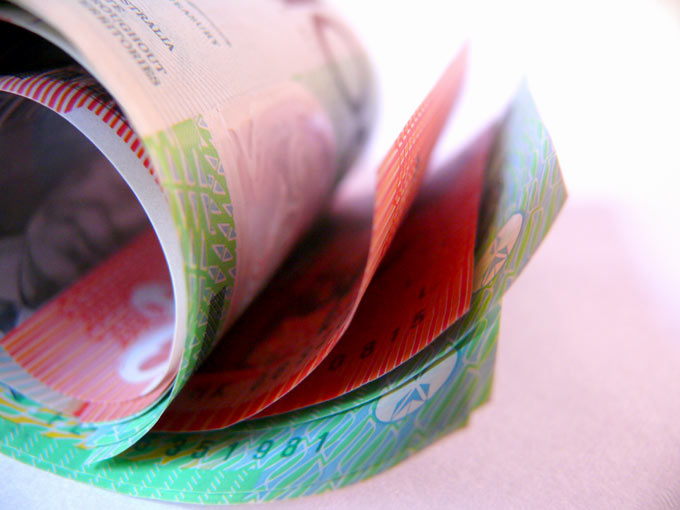Financial crisis aids Australian pig production

The present world currency crisis and subsequent general fall in global exports has proved an unexpected bonus for Australian pig producers. Fighting for years against ever rising costs and pork imports, better grain harvests have pushed feed grain prices down and fewer imports has reduced the supply of fresh pork and lifted domestic pork prices.
The CEO of Australian Pork Limited (APL) Andrew Spencer, said in an interview “Pigs were fetching up to 400 cents (Australian) a kilogram (carcase weight), compared with 220c/kg to 230c/kg at the bottom of the 2007 trough. Farmers could now buy feed grain for less than A$ 200/tonne (t) compared with earlier peaks of at least A$ 350/t. We are back to the stage where feed prices are around 55% to 60% of production costs instead of topping 70%. Pork exports had dropped by about 10%, and although the exchange rate had improved, there were not enough pigs available to supply the export market.”
The bad news was that the industry exodus caused by the poor prospects for producers cut production by about 15%, from just over 400,000 t to about 350,000 t. From September or October pig farmers began to make profits, too late for many smaller operators. The APL expected pig prices to remain high relative to last year, until at least mid-2009 and this would partly depend on northern Australia producing an above average grain harvest to keep down feed grain prices. In September 2007 APL reported the pig industry was loosing an unsustainable A$ 3 million/week, about A$ 30/pig sold, because of the drought and record imports.
Pork has to be competitive
The general manager of Australia’s largest pork producer, QAF Meat Industries of Corowa, NSW, Paul Pattison, said in a telephone interview “We are beginning to© restock after the downturn when we closed some sheds to do a general clean-up and© up-grade of facilities. At the moment things are good, but pork has to be competitive with other meats and unless there is a reasonable increase in present cattle prices, pork could price itself out of the market. If processed pork imports returned to their former growth levels, it would only take a 5% increase to compensate for the loss of domestic production.” He added that there were strong rumours in the industry that pressure is mounting on the Federal Government to allow imports of fresh pork.
NSW Farmers Association pork committee chairman Malcome Gett agreed, saying© “Prospects were currently pretty bright for the industry, but there is still a huge shortage of fresh pork because so many exited the industry. I am not aware of many producers planning to build up sow numbers, although a few would be doing so. A lot of people who got out had their fingers badly burnt, and I don’t think they will readily come back. Lower feed grain prices did help producers, but although there was a lot of grain, it was not easy to buy because farmers are storing grain rather than selling it at the present low prices.”
Related website
• APL
• NSW Farmers association
• QAF Meat Industries
©











